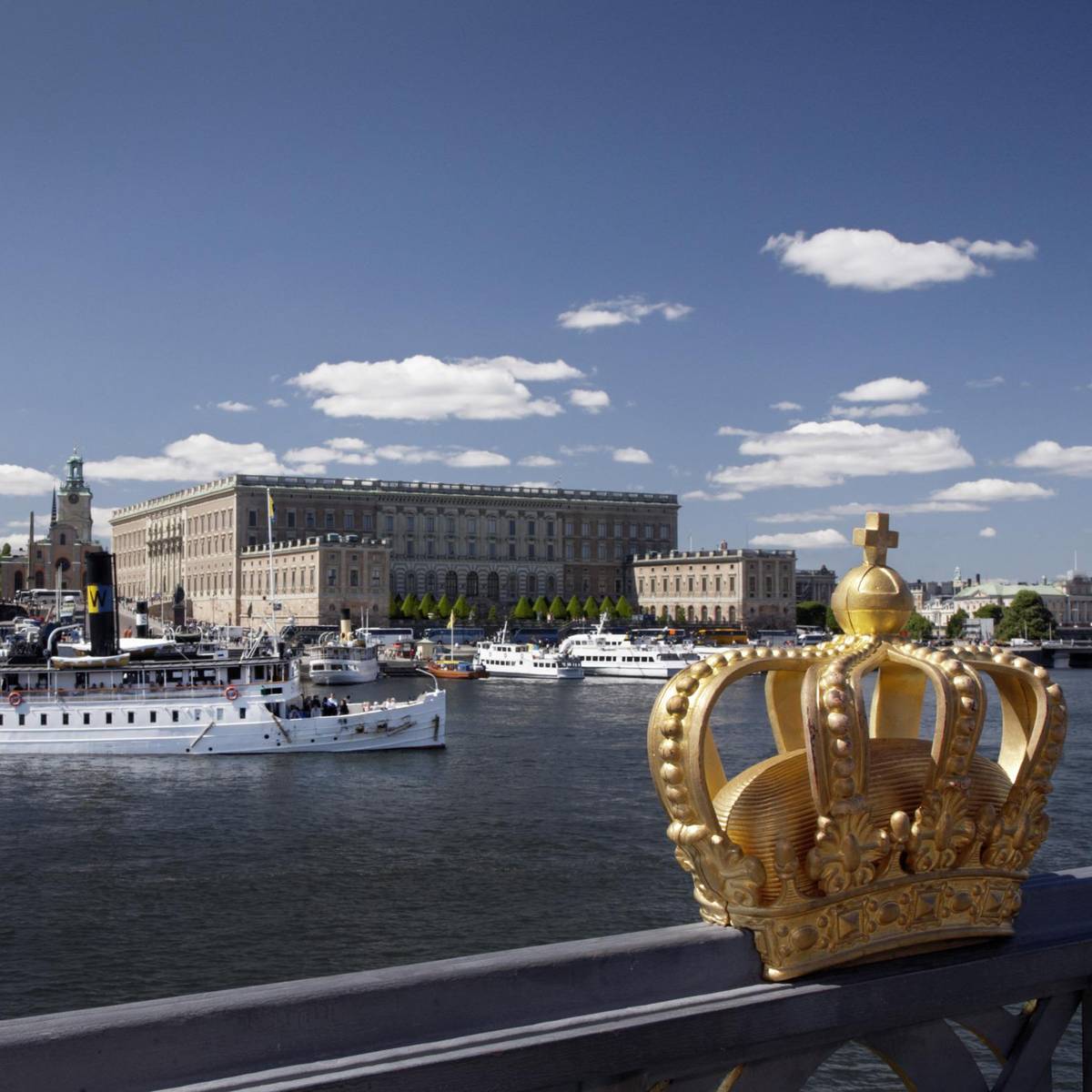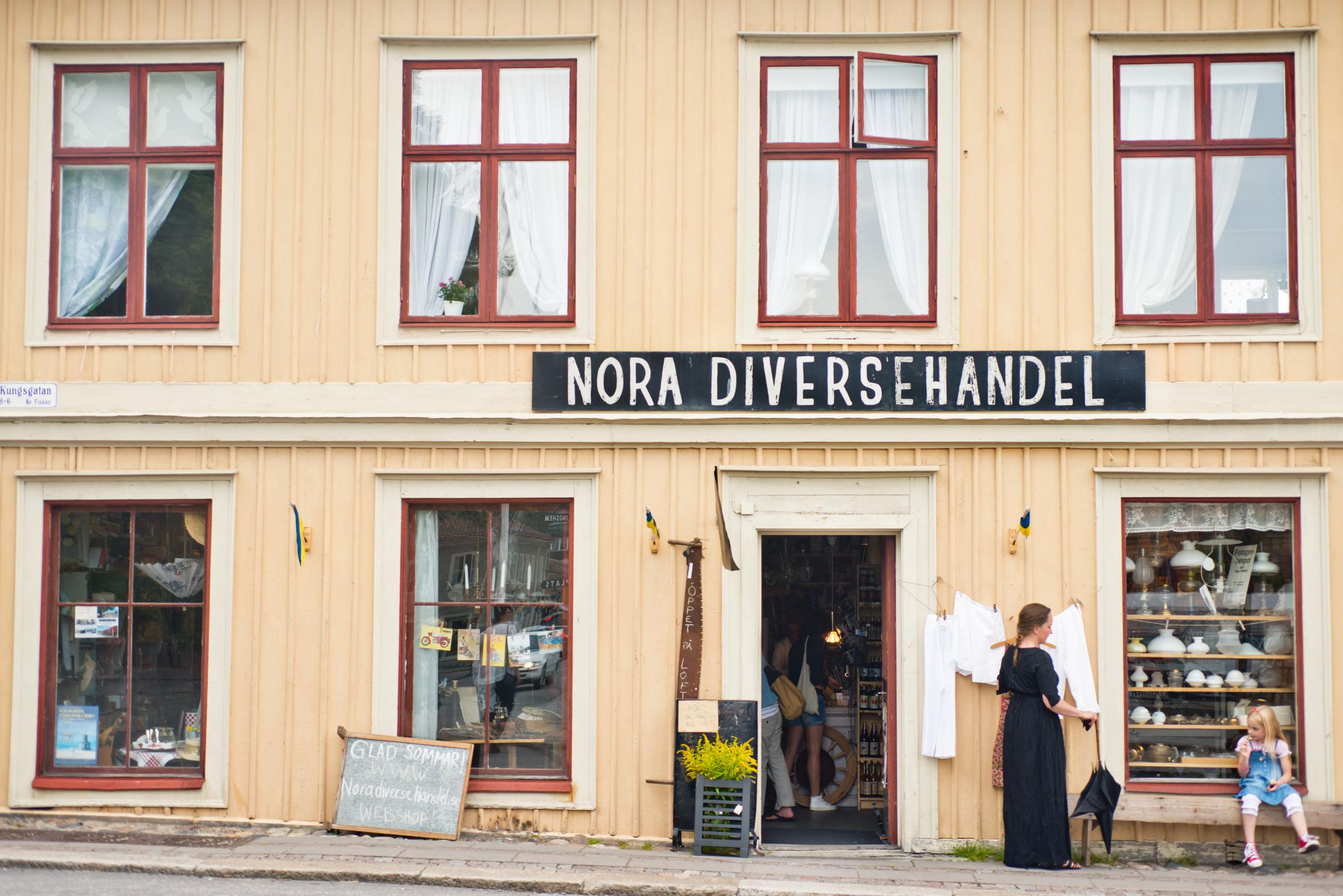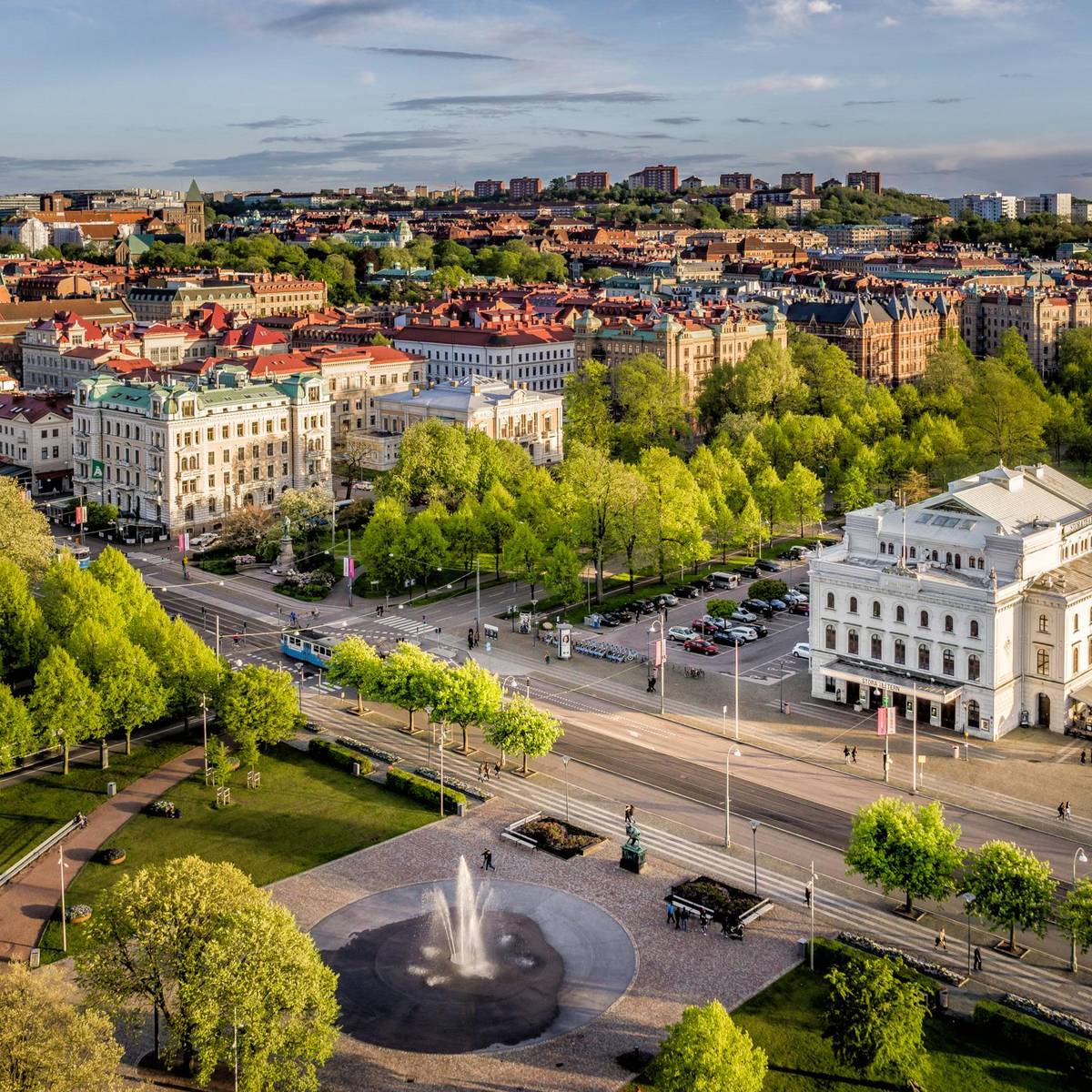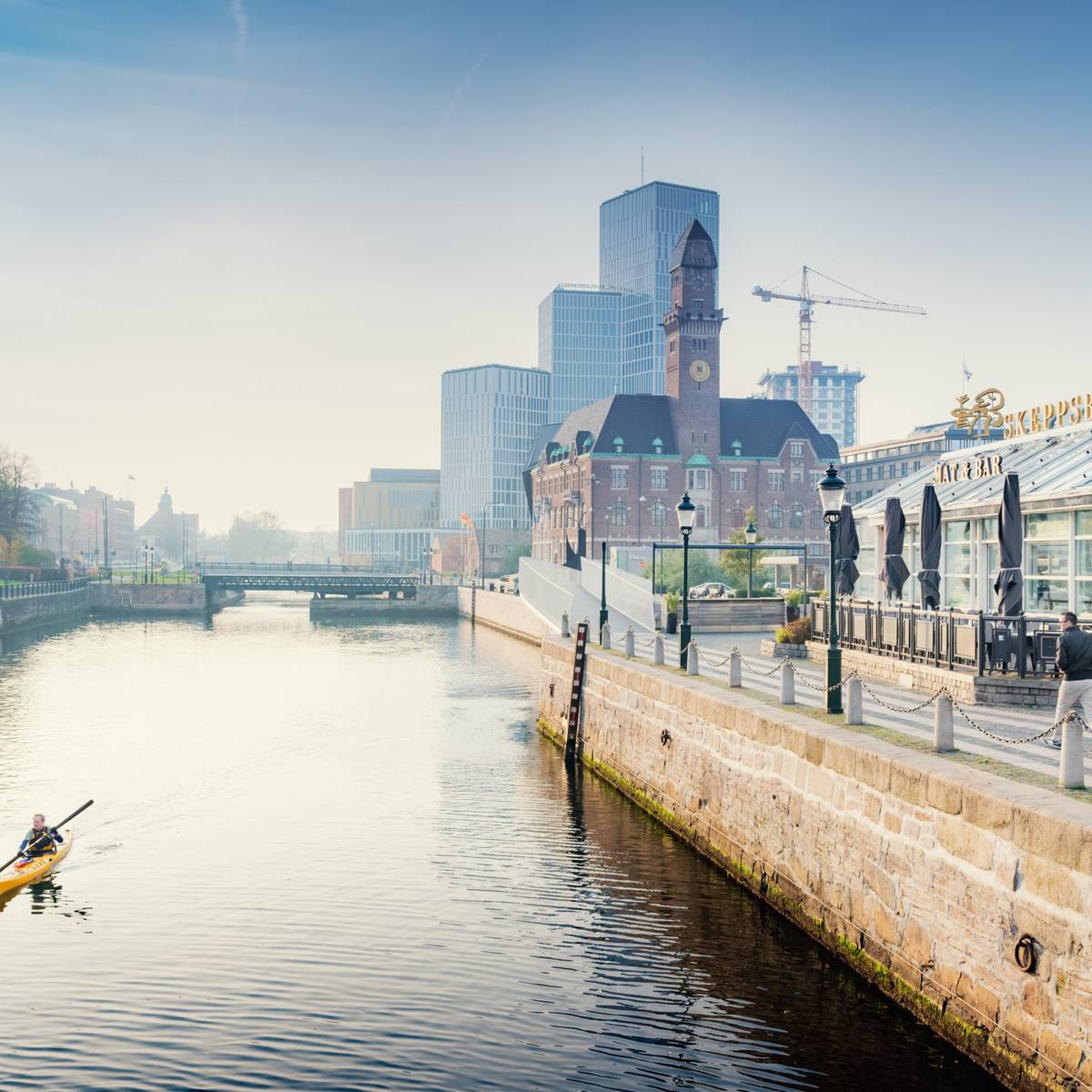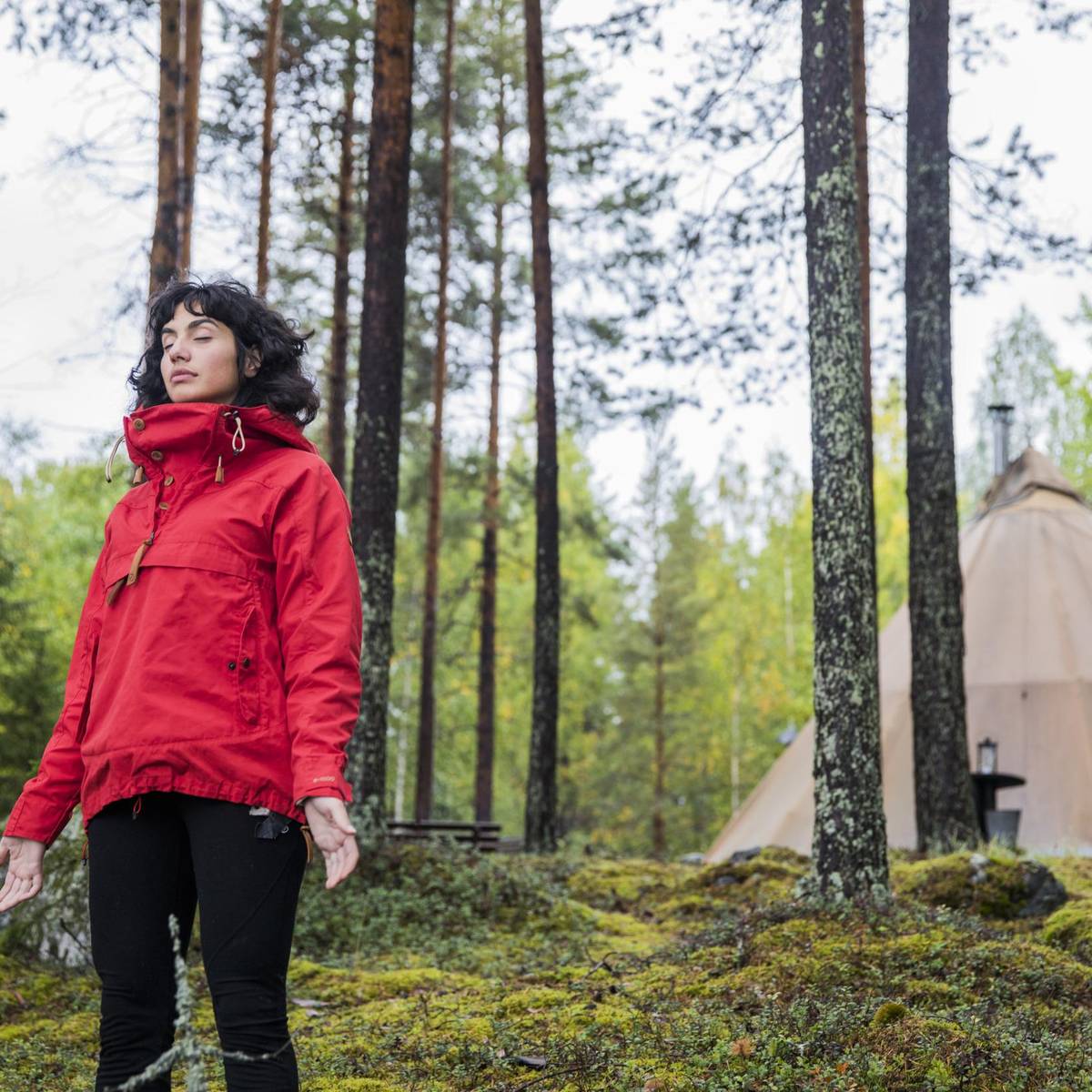Situated on Sweden’s legendary Lake Mälaren and only an hour and 20 minutes by train from Stockholm, Eskilstuna in Sörmland County is perfect for day-trippers. Internationally known for its pioneering sustainability initiatives, Eskilstuna is home to ReTuna, the ‘world’s first recycling shopping mall’ – a secondhand shopping emporium where everything sold is either recycled, reused or sustainably produced. Once you’ve picked up a bargain or two, make your way to Sundbyholms Slott castle and the impressive Stora Sundby Slott (literally, ‘Big’ Sundby Castle) on the shores of Lake Hjälmaren – fit for a fairy tale, turrets and all. Guided tours and outdoor dining experiences need to be booked, but the grounds are always open.
Don’t miss this…
- Torshälla, a neighbouring town that dates back to Viking times – wander through the modern-day sculpture park, admire the industrial heritage buildings and drop by one of the cosy cafés.
